Endurance sports are characterized by repetitive strain over extended periods. If we neglect alternating strains and train too focused on long sessions with too little or no strain, this can pose risks to bone structure. Combined with vitamin D, calcium, and protein deficiencies, this one-sided strain can lead to stress fractures or similar skeletal damage. This must be avoided. But how are these things connected? Here's an overview:
The importance of bone remodeling in sports:
Bone remodeling is of central importance in sports, as it ensures bone adaptability and stability. This process consists of continuous degradation (by osteoclasts) and remodeling (by osteoblasts) of bone tissue, with loading and movement primarily stimulating this remodeling. This remodeling occurs particularly in the more heavily loaded (remodeling) and neglected (remodeling) structures.
- Regular physical activity places increased stress on bones. This triggers biological stimuli that stimulate the activity of bone-building cells, making the skeleton more stable and resilient. Dynamic exercise, such as running or jumping, is particularly effective.
- However, if a bone is subjected to little or no stress (e.g., due to immobilization, inactivity, or prolonged endurance exercise without alternating loads), it will degrade over time ("what is not needed will be degraded"). This remodeling is a lifelong process and constantly responds to changing demands.
- Physical activity in youth is especially important for building high peak bone mass. This protects against osteoporosis and fractures in old age. Moderate physical activity promotes bone growth, while too little or excessive physical activity can be harmful.
- In sports, bone remodeling is also crucial for adaptation to repeated training stimuli and for healing after injuries (e.g., stress fractures). A balance between stress and recovery is important to prevent bone loss from exceeding bone regeneration.
In short: Athletic bone remodeling makes bones stronger and protects against fractures, is the biological basis for adaptability and must be stimulated through targeted, varied stress.
Mechanisms of bone remodeling in sports:
The mechanisms of bone remodeling in sports are based on the bone's response to mechanical stress and are regulated by finely tuned cellular and hormonal processes.
Mechanotransduction: Bone cells (especially osteocytes) "sense" mechanical stress during exercise and sports. The so-called mechanostat model converts stress stimuli into biochemical signals. When a bone is deformed, osteocytes register this and send signals to osteoblasts (building cells) and osteoclasts (degrading cells) to specifically strengthen or degrade the bone.
Osteoblasts and osteoclasts:
- Osteoblasts build new bone substance.
- Osteoclasts break down old or superfluous bone substance.
Hormones and regulation:
- Parathyroid hormone and vitamin D regulate calcium levels and act on osteoclasts (degradation) and osteoblasts (formation).
- Calcitonin and sex hormones also influence the activity of these cells; for example, calcitonin inhibits bone resorption.
Adaptation to stress: With increasing stress—for example, through exercise and muscle activity—bone formation increases. When stress is reduced (e.g., bed rest, immobilization), bone loss predominates. This constant remodeling allows the bone to both repair itself (repair micro-defects) and adapt to new stresses.
Interaction of diet and exercise: Adequate calcium, vitamin D, and protein, along with physical activity, optimally support bone remodeling. Without mechanical stimulation, the positive effect of nutrition largely fizzles out.
In summary: In sports, bone remodeling ensures stability and adaptability by converting stress stimuli into targeted buildup or breakdown through a network of cells and hormonal control. Balance is crucial: Only through regular stress and sufficient regeneration does bone remain strong and resilient.
If vitamin D, calcium, and protein are not consumed sufficiently and the loads are alternated accordingly, stress fractures can occur. This is certainly the worst-case scenario that every endurance athlete wants to avoid. Vitamin D levels should be checked regularly. Unfortunately, calcium levels cannot be determined from a blood count, as calcium is constantly being broken down and redeposited from the bones. Therefore, the blood level is always largely stable (unless other problems arise). In these cases, attention should be paid to adequate calcium intake. We have a separate article on proteins in the magazine.


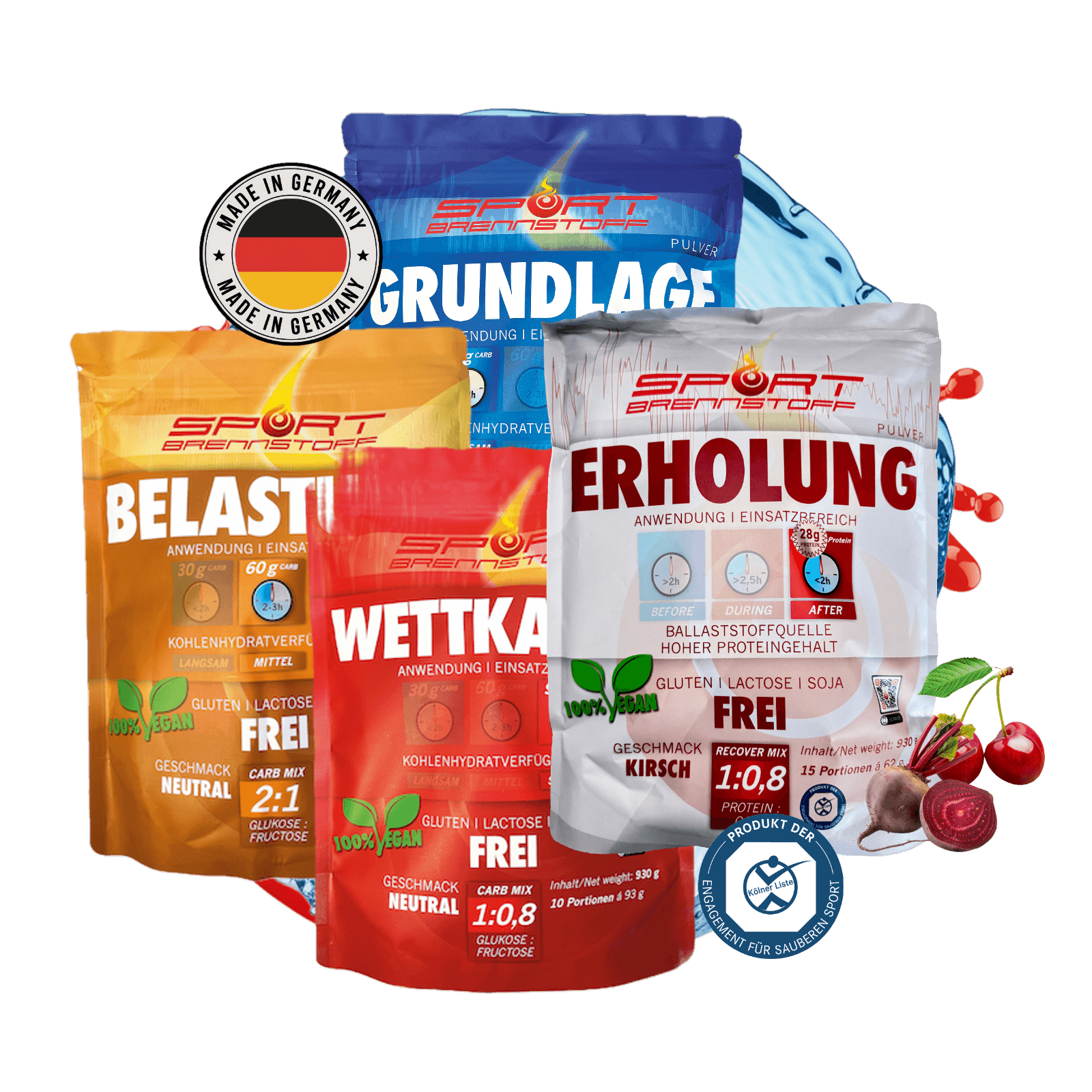

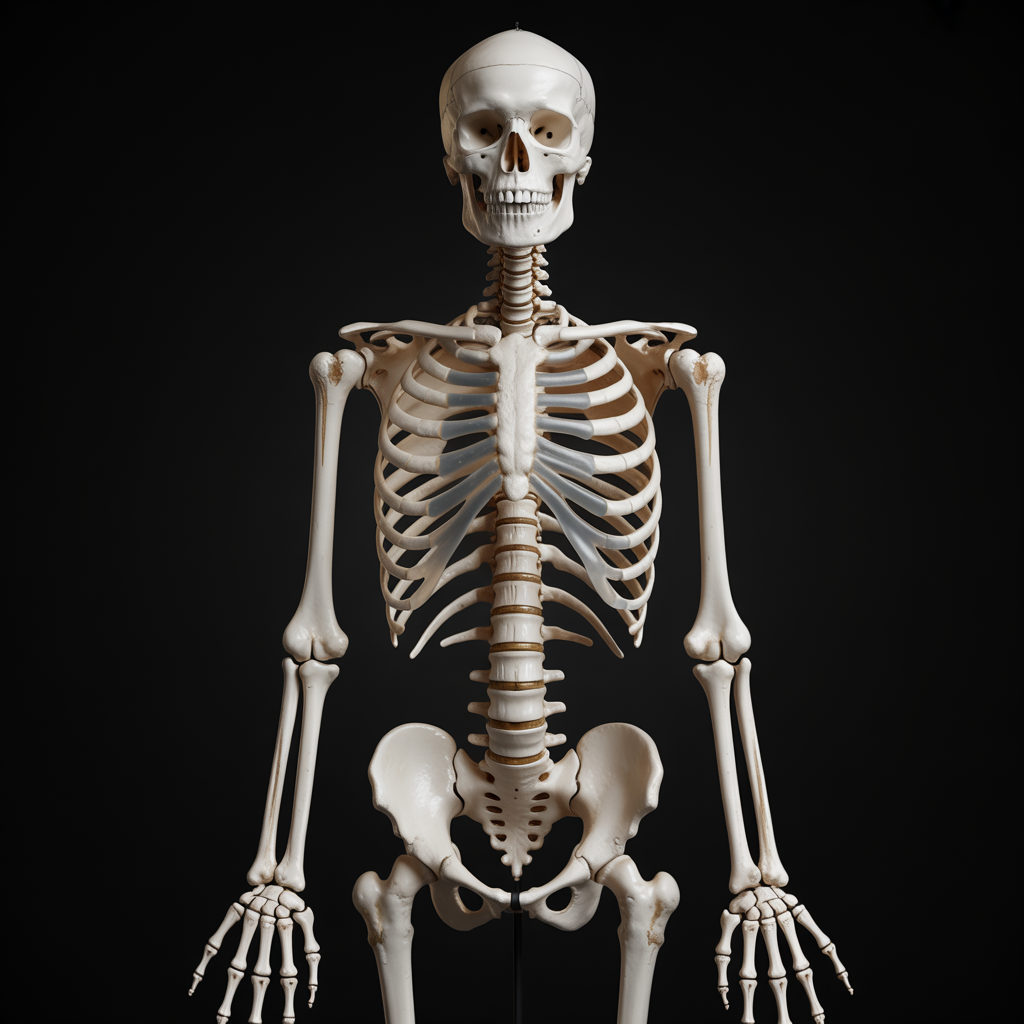
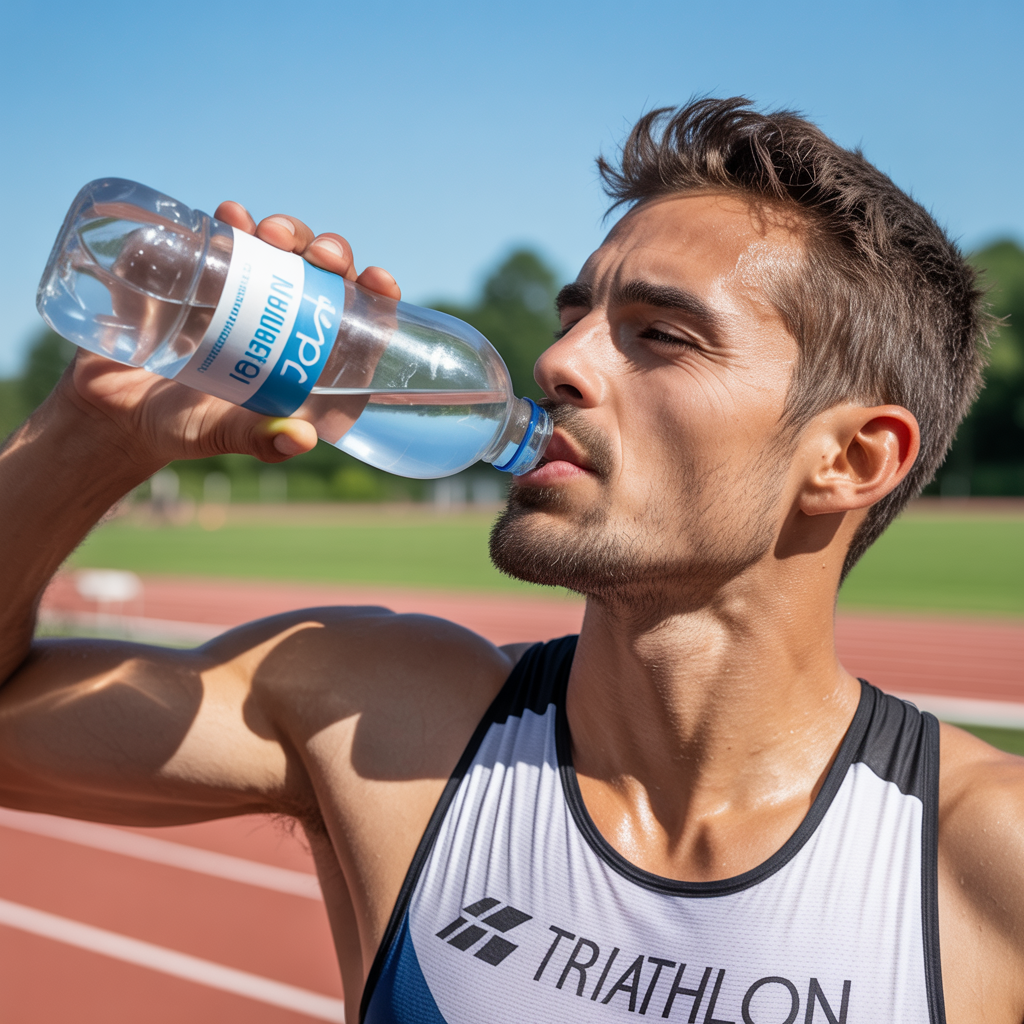

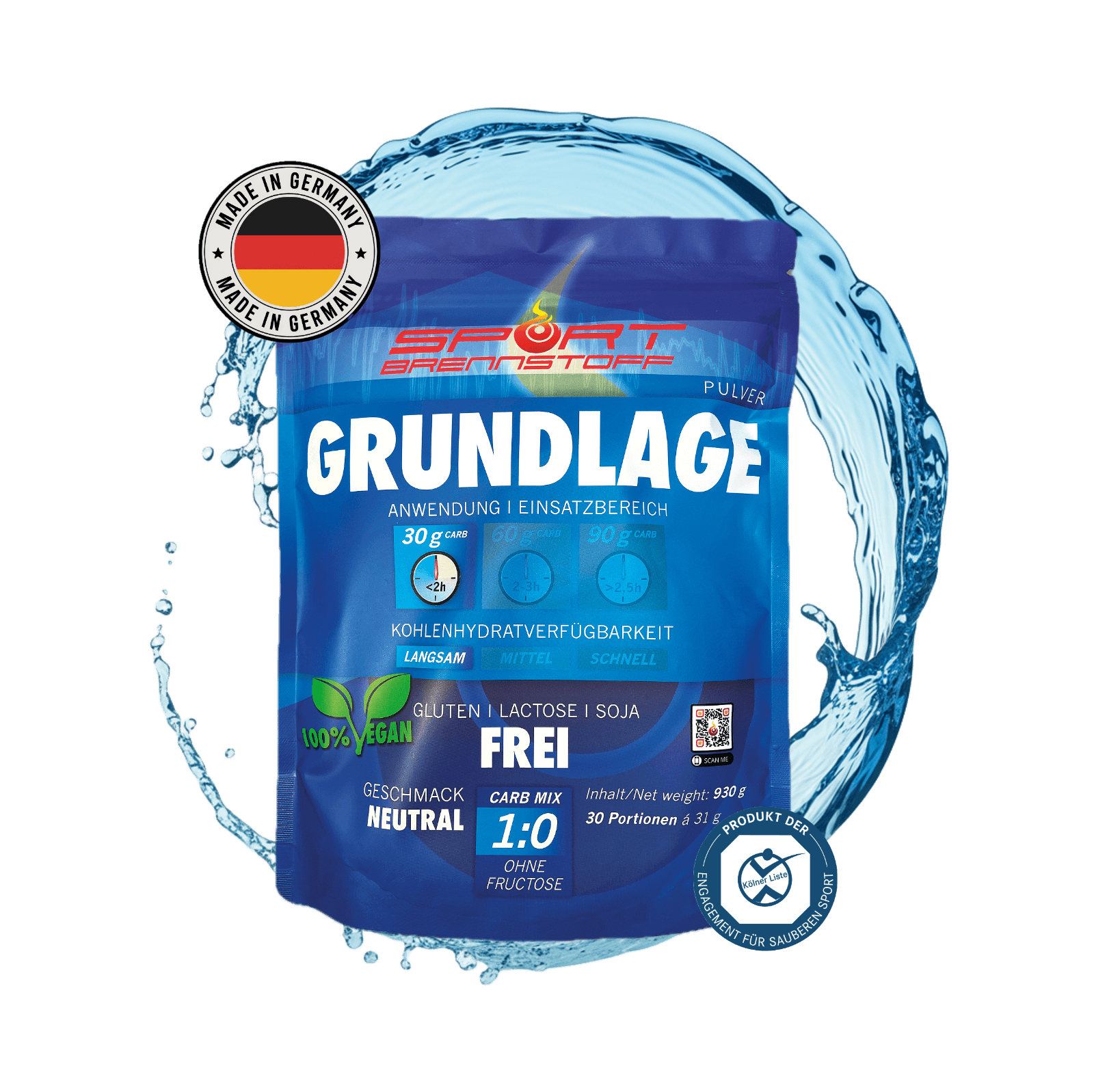

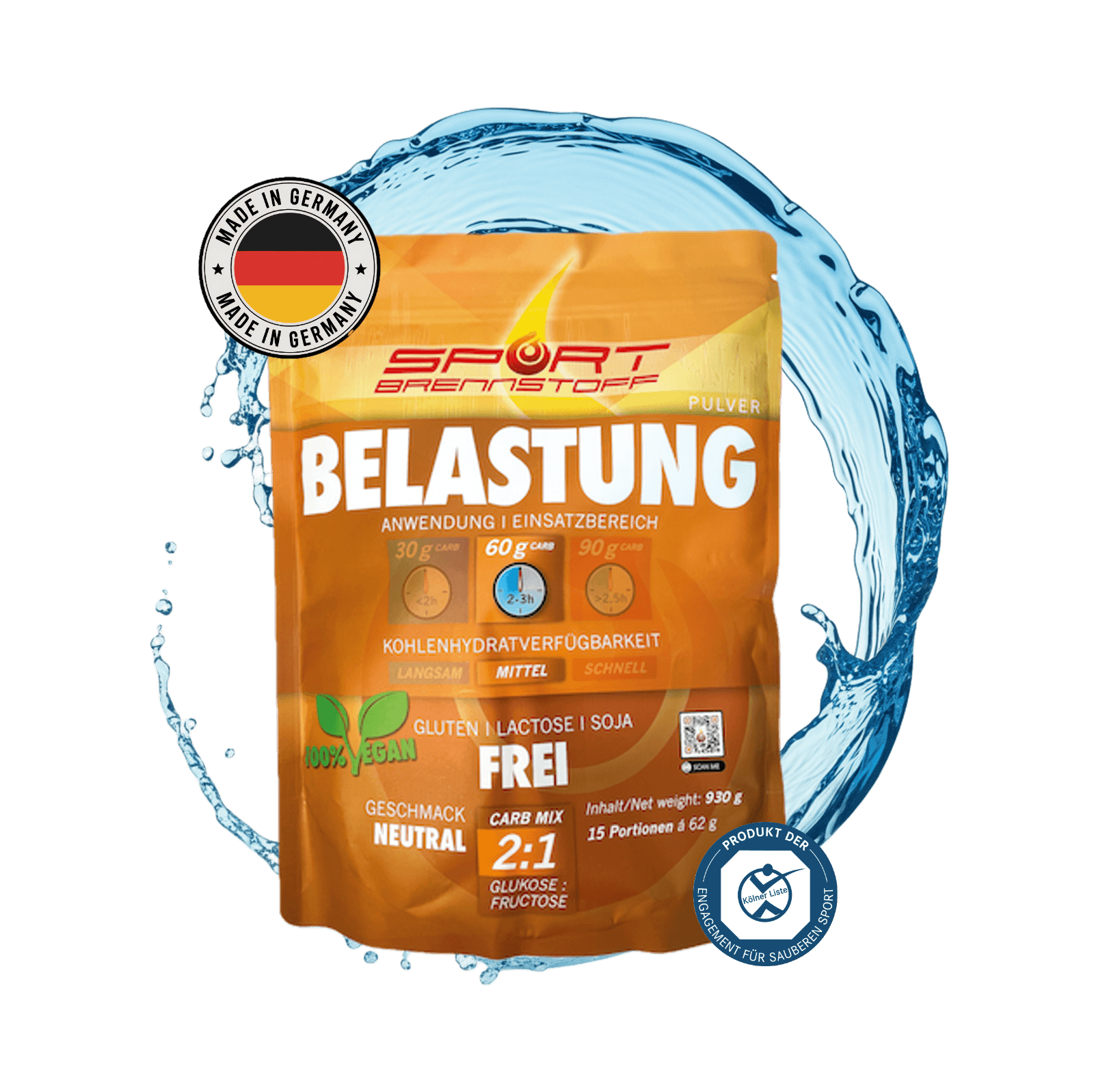

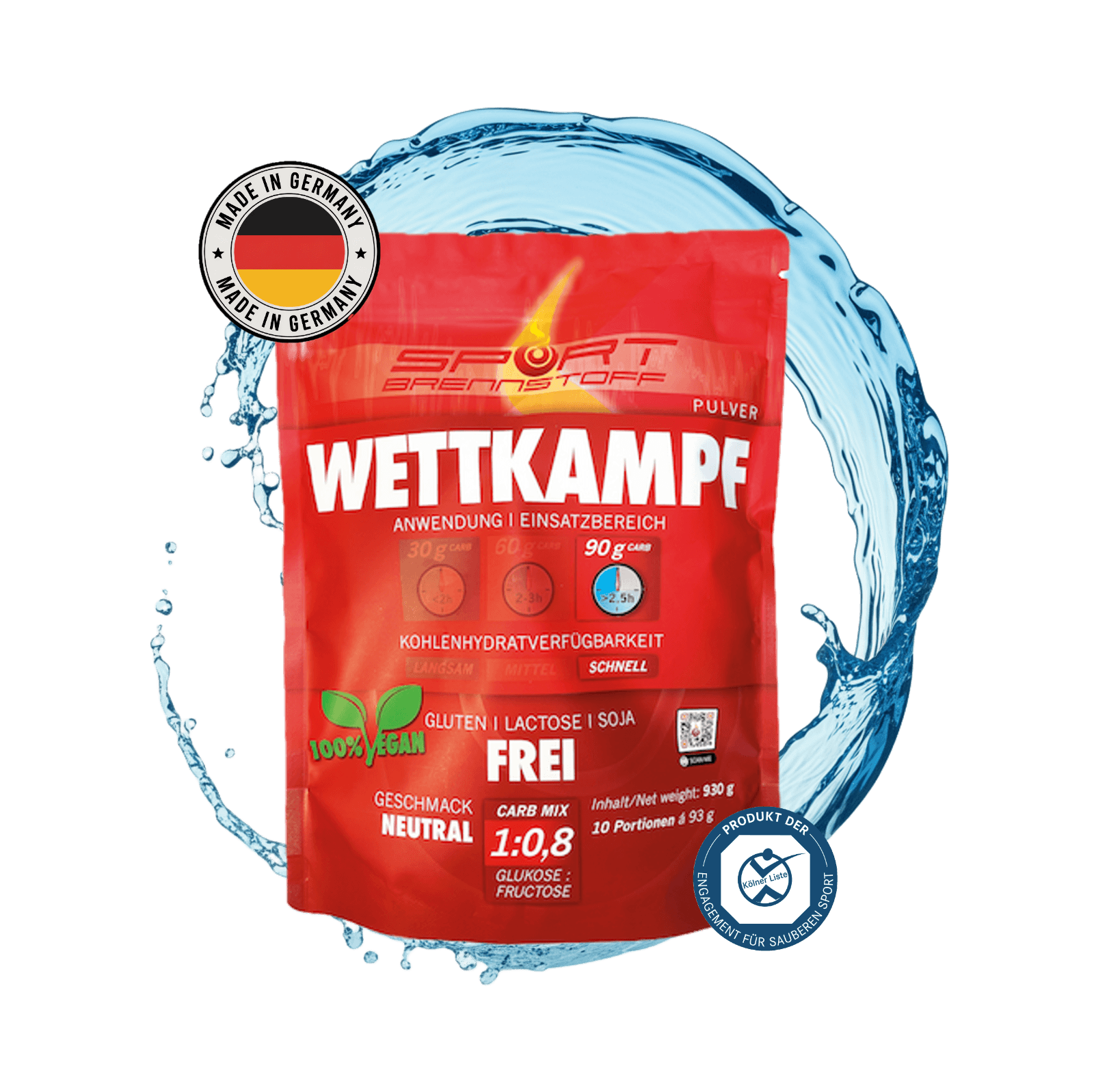

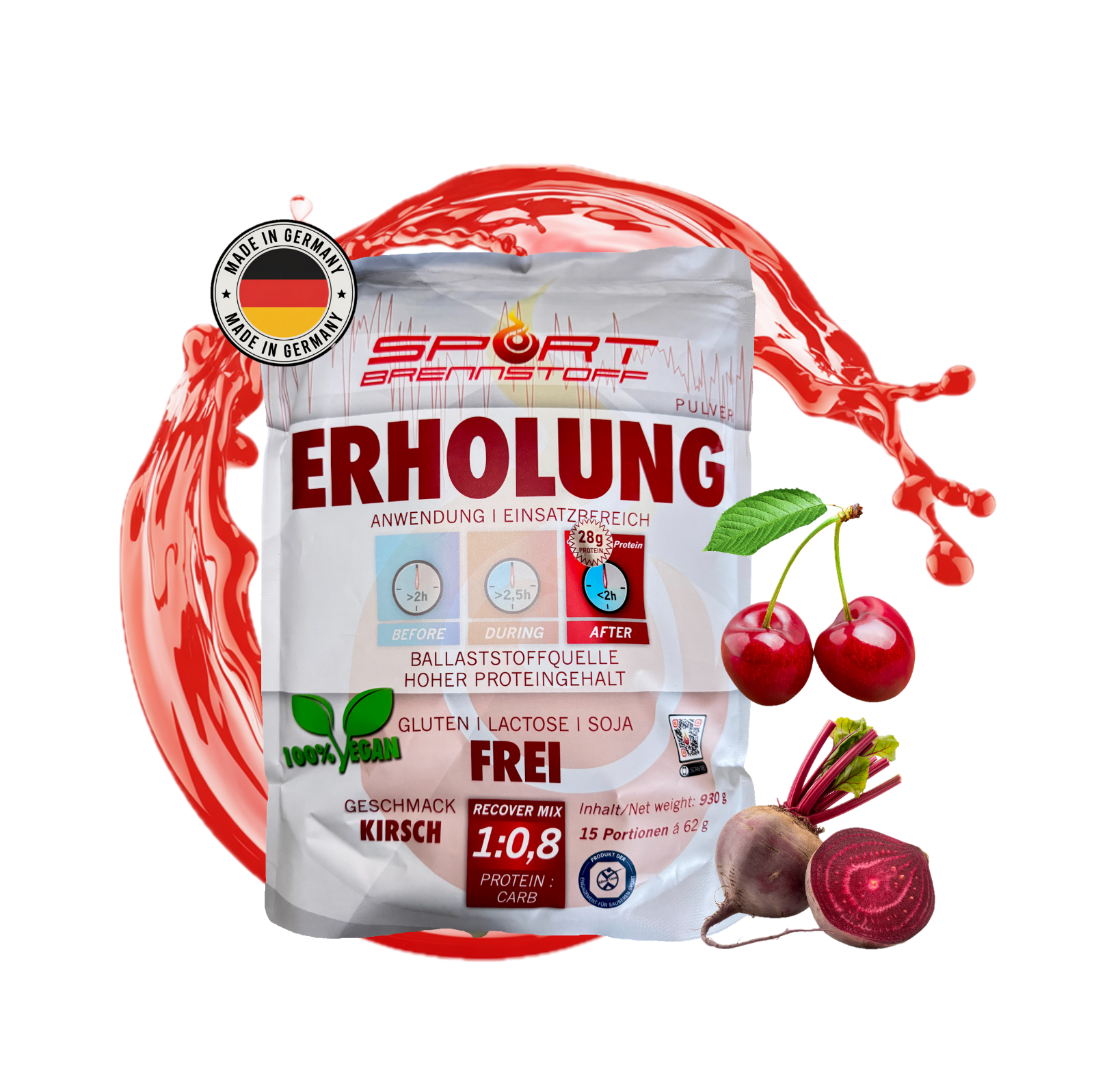
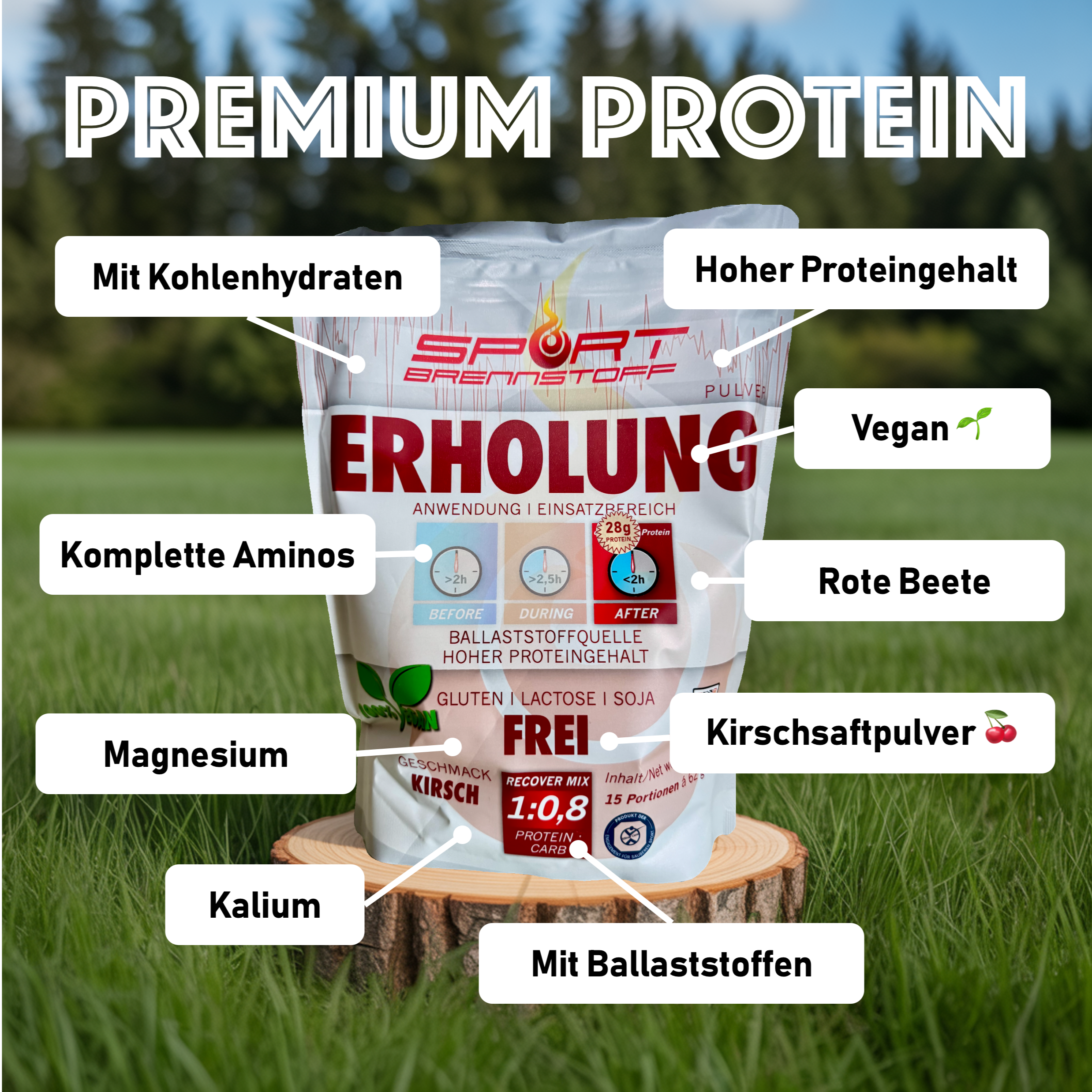





Leave a comment
All comments are moderated before being published.
This site is protected by hCaptcha and the hCaptcha Privacy Policy and Terms of Service apply.